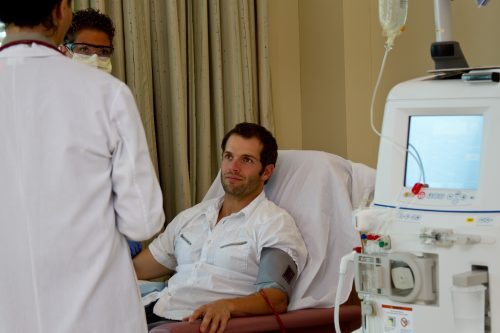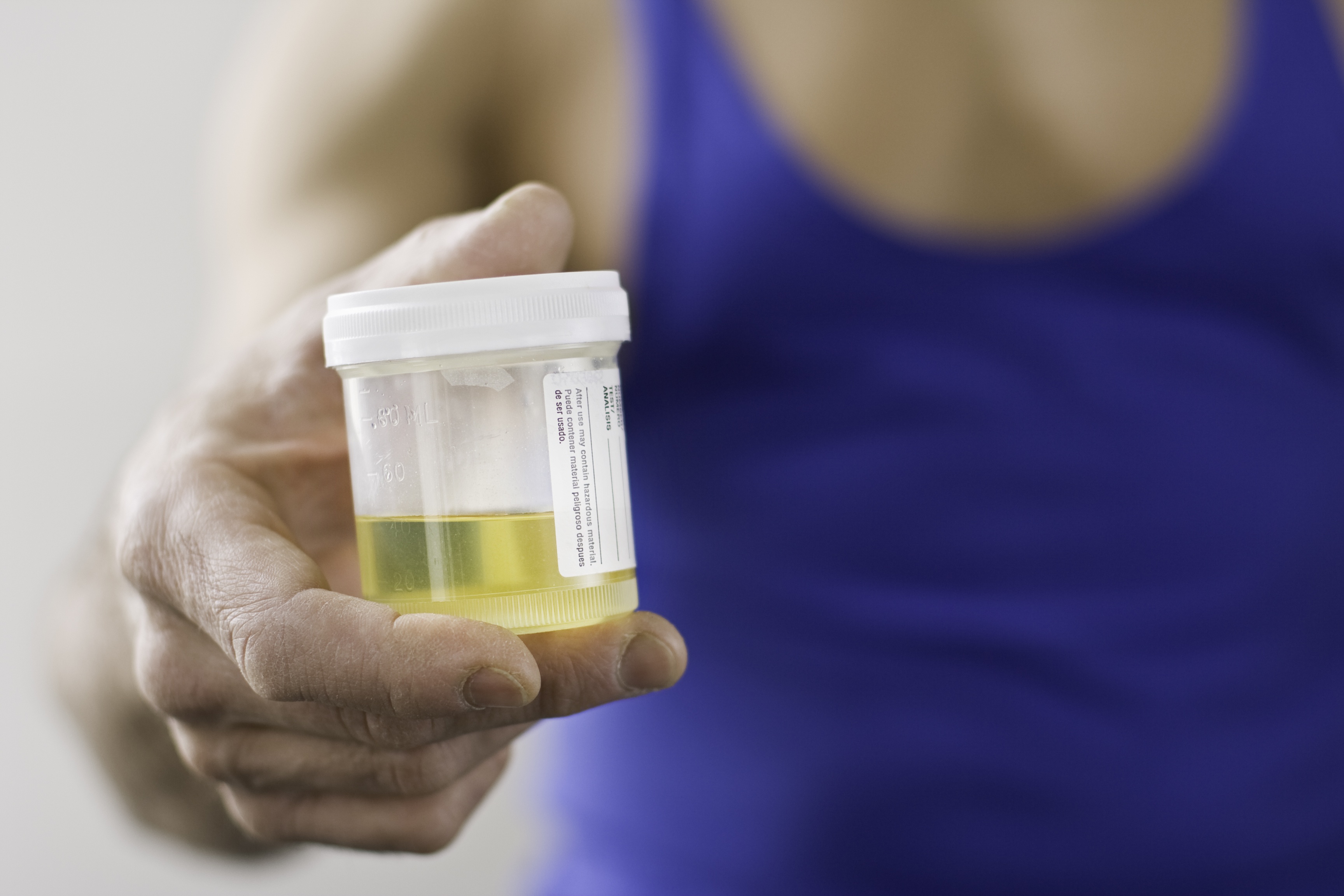
Studies describing the epidemiology and outcomes in children and young adults receiving continuous kidney replacement therapy (CKRT) are limited. Therefore, Michelle C. Starr, MD, and colleagues sought to describe the associations among patient characteristics, CKRT prescription, and survival.
The researchers conducted a retrospective, multicenter cohort study comprising 980 patients aged from birth to 25 years. All participants received CKRT between 2015 and 2021 at one of 32 centers in seven countries participating in the Worldwide Exploration of Renal Replacement Outcomes Collaborative in Kidney Diseases (WE-ROCK). Median participant age was 8.8 (IQR, 1.6-15.0) years, and median weight was 26.8 (IQR, 11.6-55.0) kg. The study outcome was death before intensive care unit (ICU) discharge.
The most common modality for CKRT was continuous venovenous hemodiafiltration. Citrate anticoagulation was used in 62% of patients, and the internal jugular vein was the catheter placement location for 66% of patients. CKRT began a median of two days (IQR, 1-6) after admission to an intensive care unit (ICU) and lasted a median of six days (IQR, 3-14).
A total of 629 participants (64.1%) survived until discharge from an ICU. The CKRT dose, filter type, and anticoagulation were similar among patients who survived until ICU discharge and those who did not. Practices did not seem to vary by institutional ICU size.
Approximately two thirds of the study participants survived at least until discharge from an ICU. There were variations in modes of dialysis, dose, catheter size and location, and anticoagulation, yet those factors did not appear to be associated with survival.
Source: American Journal of Kidney Diseases.







 © 2025 Mashup Media, LLC, a Formedics Property. All Rights Reserved.
© 2025 Mashup Media, LLC, a Formedics Property. All Rights Reserved.